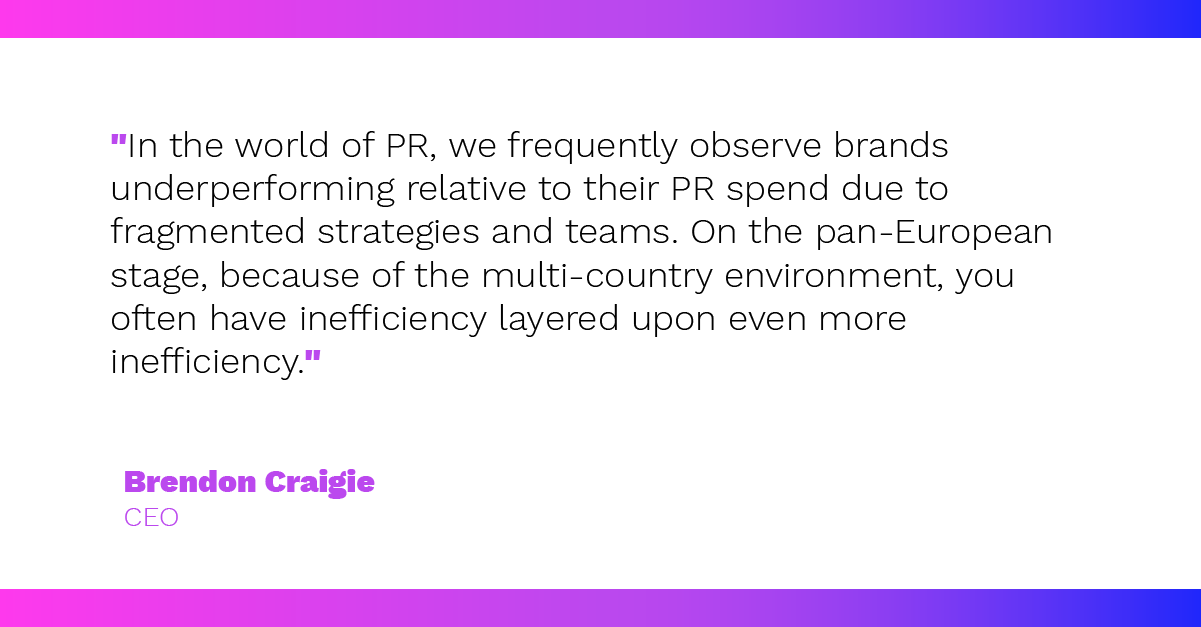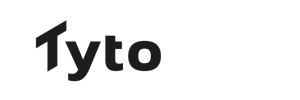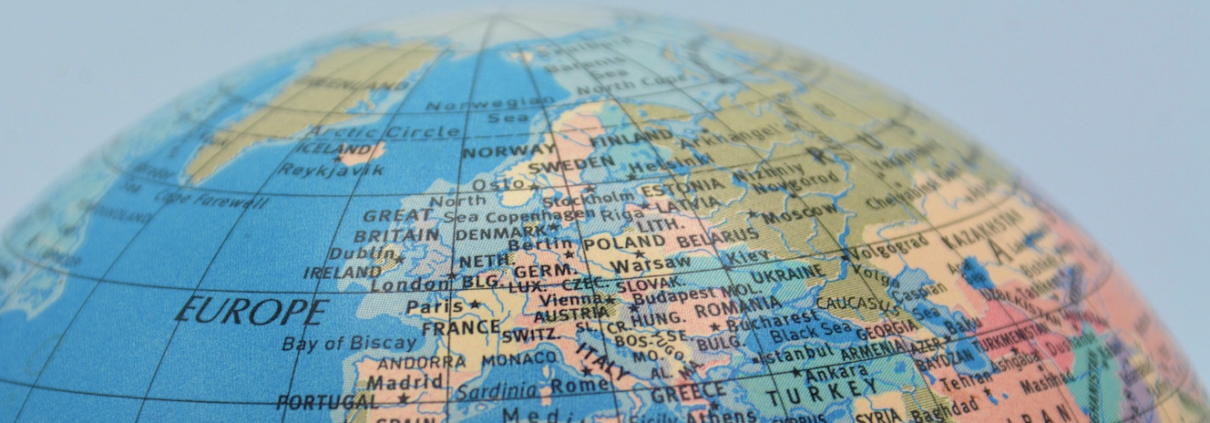Why being the best PR team trumps having the best PR team
You wouldn’t wish a recession on anyone, but if there is any consolation to be drawn from the pain, it is that the pressure to respond can be one of the most galvanising and transformative growth phases for teams and the people in them. This is especially true for leaner and more agile teams, driven by a clear common purpose. Ultimately, if I’ve learnt anything as I enter my fourth recession it’s that “being the best team” in practice is far more important than “having the best team” if that team doesn’t perform as well as an integrated unit.
I have always been a student of teamwork and have long marvelled at the ability of smaller, innovative teams in all walks of life to outperform much larger and better resourced teams “on the pitch”. It’s no different in the world of PR and reputation building where we frequently observe brands underperforming relative to their PR spend due to fragmented strategies and teams. Nowhere is this more prevalent than on the pan-European stage where, due to the multi-country environment, you often find local under performance is compounded on a pan-European level, with inefficiency layered upon even more inefficiency.
Nothing beats a fully integrated, pan-European team
The drive to build the best team was the vision behind Tyto’s PRWithoutBorders™ operating model which is our unique way of constructing client teams for brands that need pan-European support. The full European integration our model enables means that we can build multi-country client teams that are typically 30% leaner, but also 30% more impactful with the resources that they have at their disposal. There are four main reasons for this:
- Remove silos, realise inefficiencies
One fully integrated multinational pan-European team is much more flexible and efficient as a unit than three or more separate teams working side by side. In legacy agency environments, pan-European teams operate in silos that inhibit speed, unnecessarily duplicate work and layers of management, and burden teams with pointless admin and bureaucracy, all of which lead to waste, inefficiency, and a lack of flexibility.
2. Get a birdseye view of every market’s needs
Our team operates as one across multi-country European campaigns. Like an owl with its ability to turn its head by 270 degrees, this means the Tyto team gives you a much wider field of view of what is going on among your target audiences. This in turn ensures that your campaigns are better targeted, more relevant, and more impactful. Traditional legacy European models are often overly reliant on the narrow view of a hub agency, usually in London, that can make brands blind to country and regional differences. Now is not the time to be firing blanks, with resources so stretched.

- More diverse teams = more creative campaigns
We know that diversity of perspectives fuels creativity, and yet too often pan-European campaigns are creatively fuelled by the same blinkered and limited view of a hub agency team. Conversely, creativity driven by a fully integrated multinational pan-European team is far more likely to garner truly innovative and disruptive comms strategies, and often with a spirited ambition that only comes when you build ideas from a more international perspective.
- Integrated comms thrives with integrated teams
Finally, a fully integrated multinational pan-European team also provides the most fertile ground for truly integrated communications programmes to thrive. This is because a holistic multi-channel outlook and approach can be baked into the team in the same way as a multinational outlook. All of which means that your campaigns are far more likely to fulfil their potential across paid, earned, shared and owned channels.
So, while the constraints forced upon us by a recession may force us to make cuts, the pressure to reimagine and transform how we view and construct teams could ultimately be the key to unlocking the full potential of your PR programme.



